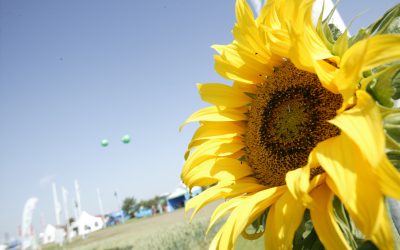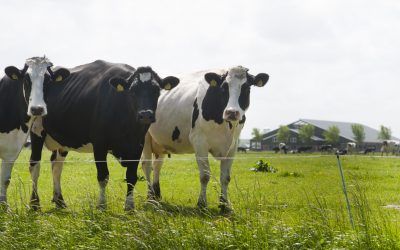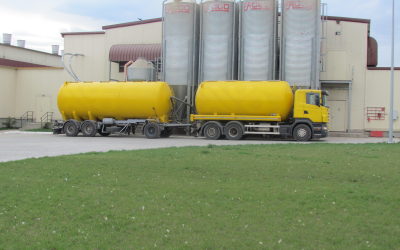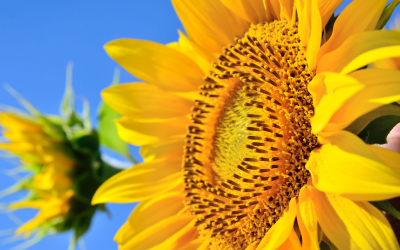Eubiotic lignocellulose in rabbit diets
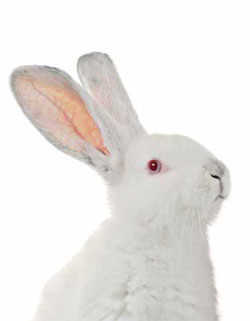
Rabbits are physiologically adapted to a high-fibre diet. inadequate dietary fibre may lead to digestive disorders during the post-weaning period and an increased mortality rate. Research has shown that a specific balance of fermentable and non-fermentable dietary fibre can solve the problem.
By Arthur Kroismayr and Stacey Roberts
Paying special attention to the fibre composition of rabbit diets is paramount to successful rabbit production. Lignin plays a vital role in the prevention of digestive disorders and the lignin:cellulose ratio should ideally be greater than 0.4 with a lignin intake of 5 to 7 g/d for growing rabbits (Gidenne, 2003). Replacing high starch ingredients with fermentable and non-fermentable dietary fibre derived from Lignocellulose will decrease digestive upsets by regulating fermentation. However, fermentable fibre should not be added at the expense of non-fermentable fibre, maintaining a fermentable: non-fermentable ratio less than 1.3 with at least 15% lignin + cellulose. Therefore, ingredients should be chosen that can reliably provide non-fermentable as well as fermentable fibre sources.
High lignin content
Lignocellulose is a product made from fresh wood and has been used as a high-quality fibre source in animal nutrition for the past few years.
Compared to traditional fibre sources, lignocellulose is characterised by high crude fibre (>55%) and high lignin (25−30%) contents. The high lignin content of lignocellulose makes it a suitable ingredient for rabbit diets. Recently, a new eubiotic lignocellulose product has become commercially available. In contrast to the first generation lignocellulose products that contain nearly 100% non-fermentable fibre (lignin, cellulose, and non-fermentable hemicellulose), eubiotic lignocellulose originally contains a synergistic blend of non-fermentable and fermentable fibre.
In addition to the physical effects of the non-fermentable fibre, the fermentable fibre fraction of eubiotic lignocellulose provides a growth medium for lactic-acid bacteria and stabilises the microbial populations of the intestine. Feeding recommendations indicate that rabbits need both fermentable and non-fermentable fibre for optimal digestive health and growth performance.
Therefore, feeding trials were conducted to determine the efficacy of eubiotic lignocellulose as a fibre source in rabbit diets.
Research with Eubiotic Lignocellulose
Three feeding trials were conducted by the University of Veterinary Medicine Vienna and the University of Berlin (Freie Universität Berlin) to investigate the dietetic influence of a eubiotic lignocellulose for rabbits.
There were 80 New Zealand White rabbits (40 per group) used in Trial 1 and 40 New Zealand White rabbits (20 per group) used in Trial 2. In each trial, one group was fed a standard rabbit diet (control) formulated with alfalfa meal, wheat bran, sunflower meal, and linseed meal included as fibre sources. The diet for the treatment group included 4% eubiotic lignocellulose (OptiCell®, agromed Austria), partially replacing alfalfa meal and sunflower meal. The control diet contained 15.2% crude fibre and 3.8% lignin while the treatment diet contained 14.1% crude fibre and 4.3% lignin. Animals were assigned to either the control or treatment group at weaning (28-d of age); Trial 1 continued for 14 d and Trial 2 continued for 21 d.
Improved health status
Rabbits in both Trials 1 and 2 showed improved health status when fed the eubiotic lignocellulose diet. Compared to control-fed animals, which suffered mainly from constipation followed by diarrhoea, rabbits fed the eubiotic lignocellulose diet experienced drastically lower incidence of digestive disorders (Figure 1).
In Trial 2, 75% of control-fed animals suffered from digestive disorders and 15% died, whereas 25% of the animals fed eubiotic lignocellulose showed gastrointestinal distress and none died. In addition to improved health status and lower mortality, animals in the treatment group had greater weight gain compared to the control (Table 1).Trial 3 included 200 Hyla/Zika rabbits (100 per group). Animals in one group were fed a standard rabbit diet (control) that contained 11.4% crude fibre and was formulated with wheat bran, alfalfa meal, and sunflower meal included as fibre sources. As in Trials 1 and 2, 4% eubiotic lignocellulose (OptiCell®, agromed Austria) was added to the treatment diet, partially replacing wheat bran, alfalfa meal, and sunflower meal. The treatment diet contained 12.0% crude fibre. Animals were assigned to a treatment group at weaning (35-d of age) and fed the respective treatment or control diet until 102-d of age (67-d trial). At the conclusion of the trial, returns were calculated as proceeds from meat sales minus feed costs for each group.
Animals fed the control diet suffered tremendously from severe diarrhoea with black faeces from day 11 post-weaning through day 29 with 30% mortality.
The majority of losses occurred at the end of the 2nd week of the trial (11 animals died on day 12 post-weaning) and in the 4thweek (14 animals died on day 25). Animals fed eubiotic lignocellulose had a lower incidence of diarrhoea with only 6% mortality. Economic returns for the treatment group, fed eubiotic lignocellulose, were 46% higher compared to the control group, in which only 70% of animals survived until slaughter.
Conclusion
Scientific research clearly demonstrates that eubiotic lignocellulose positively influences the health status and production performance of growing rabbits.
While the roles of crude fibre and lignin in rabbit nutrition are well known, the source of the components seems to also play an important role.
Eubiotic lignocellulose not only contributes lignin and cellulose that are so vital to rabbit nutrition but also increases the growth of lactic-acid bacteria, stabilising fermentation in the large intestine and improving the health status of the digestive system. As nutritionists and breeders strive for the highest standards of animal health with positive economic returns, eubiotic lignocellulose must be considered as a reliable and beneficial fibre source for rabbit diets.
Source: FeedMix vol 17 nr 5, 2009




